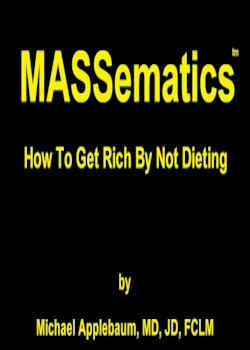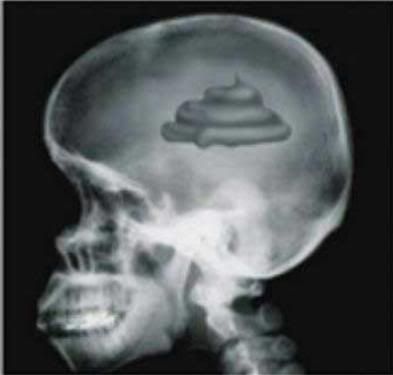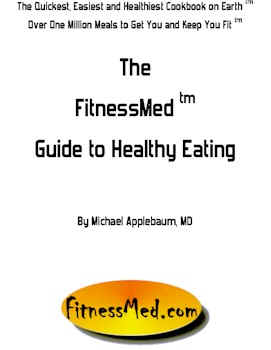

More s**t for brains stupidity from the folks at ABCNews.
The scariest thing about Halloween may not be the little Palins and Obamas who will appear on your doorstep begging for handouts. It's the 2.2 pounds of extra weight the average child gains gorging on trick-or-treat candy.First, let me say that this number, 22 pounds, seems insane.
This is according to a seven-year study by the University of Colorado, which also found the average Halloween haul of sweet stuff in a single evening is 22 pounds, about the candy limit most experts recommend for one year.
22 pounds is more than twice the weight of an average adult female's bowling ball and about 150% the weight of an adult male's bowling ball. It is about triple the average birth weight of a child.
Even if parents carry the steel-reinforced bag, and not the kid, with an average of more than 2 kids per family (we will assume merely 2), the average parent has to tote 44 pounds or 20 kg.
Not hardly.
A full size Almond Joy weighs 1.76 oz. and a full-size Snickers Bar weighs 2 oz.
Averaging the two yields a weight of 1.88 oz.
If an average child received all full-size candy bars similar to Snickers and Almond Joy, he or she would have 187.23 bars in the bag by the end of T or T-ing.
"Fun size" bars would increase the number hugely.
In any event, one exemplary ABC moron had this to say:
"I can give you a list of healthy trail mixes, raisins and Power Bars but the truth is kids want the real thing," registered dietitian Lauren O'Connor says. "That being said, your best weapon against gluttony is educating them with good health values."As if all the antioxidants, you know, the stuff that causes more harm than good, in the world would undo the Calories in vs Calories out issue.
One game O'Connor likes for teaching moderation is numbering small pieces of paper from one to five and placing them into a hat. Every day for two weeks, have your children pick a number and whatever they choose, that's the amount of candy they may have for the day.
When sorting out which goodies, O'Connor says, let your kids keep the dark chocolate because it's packed with healthy antioxidants and magnesium. Also, the candy with the shortest list of ingredients will generally be a healthier choice than one that contains a laundry list. Try to toss anything that contains hydrogenated oils or high fructose corn syrup.
They won't.
Not to mention that too many Calories from raisins (filled with sugar as are many dried fruits) will get you as fat as too many Calories from "Power Bars" (similar to candy bars) which will get you as fat as too many Calories from other sources.
Listen to these idiots at your peril.












































